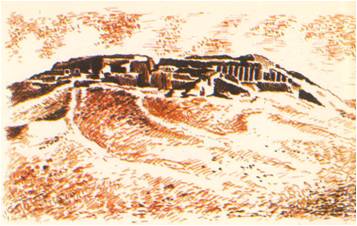Two hundred years before Columbus discovered America, a certain Marco Polo told strange, exciting stories to his friends and neighbours in Venice, a city in northern Italy. He had travelled, he said, to distant lands in Asia and had become rich. Europeans at that time had some general knowledge of eastern Asia and of its products, but Polo furnished detailed and colourful descriptions of magnificent cities, of strange customs and of powerful rulers who owned many palaces and lived in unheard of luxury. Marco Polo had visited the court of the khan, or ruler, of an empire that included most …
Read More »The Six Dynasties: Turmoil and Change A.D. 220-589
THE three states into which China had split were soon split up themselves into even smaller divisions. For three and a half centuries, war raged almost continuously among rival kings. Doubt and confusion were everywhere. The period between 220 and 589 is called the Six Dynasties era, after six ruling families in a row which used Nanking as their capital. In all those years‚ the memory of the Han Empire never died. Looking back longingly at the peace and order of that time, the people came to think of the Han government as the great model which all rulers should …
Read More »Civilization comes to India 3500 B.C to 200 B.C.
For thousands of years during the Stone Age, only scattered groups of people had lived in India. With only the simplest tools of bone, wood and stone, they hunted and gathered food. Cut off from other peoples by the mountain and the sea, the first Indians made few advances in their primitive way of life. Then, sometime between 3500 B. C., new settlers began to appear along the Indus River Valley in northwestern India, a region that would be called West Pakistan thousands of years later. It seems almost certain that these newcomers were from the mountains and plateaus to …
Read More »

